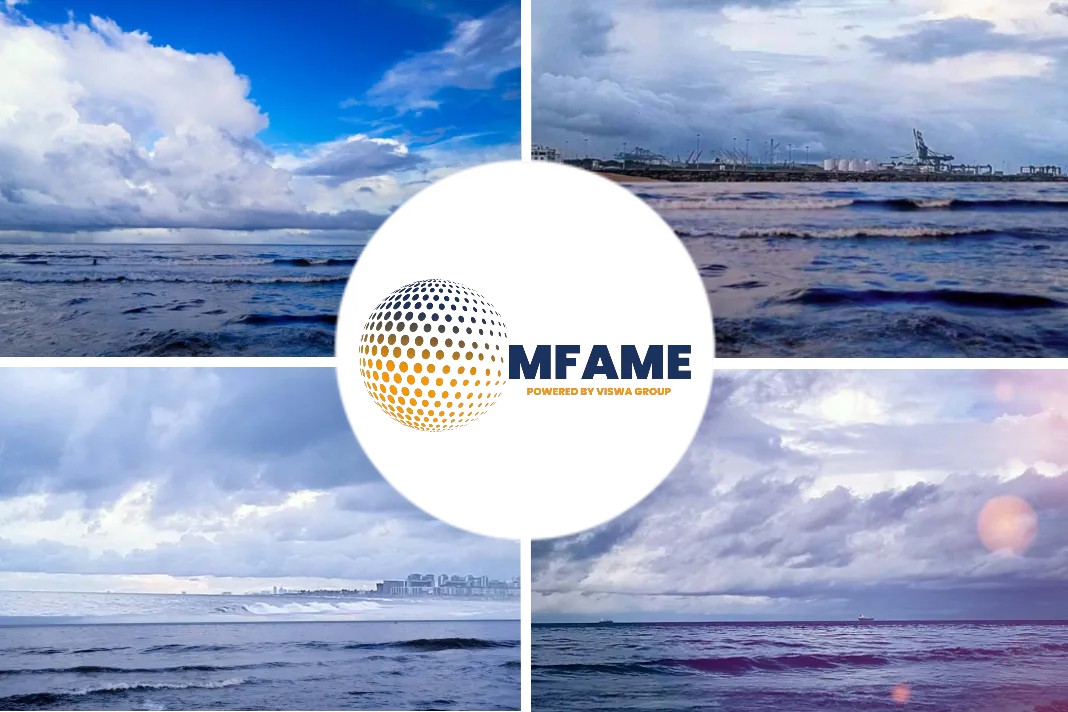
The GCMD study was carried out by DNV, in partnership with Surbana Jurong and the Singapore Maritime Academy. The DNV-led consortium completed the study in April 2023, and the report can be downloaded here.
This study will establish the basis for a regulatory sandbox which will pave the way for an ammonia bunkering pilot in Singapore by end of 2023.
IMO target
In 2018, the International Maritime Organization (IMO) declared its ambition to halve the total annual GHG emissions from international shipping by 2050 compared to 2008 levels. To meet this target, the transition to low-/zero-carbon fuels and technologies is necessary.
The case for ammonia
Ammonia is one amongst the slate of alternative fuel solutions available. With rapid deployment of renewable electricity, ammonia can potentially be produced at scale when green hydrogen is widely available. However, supply chain-related gaps need to be addressed before green ammonia can be safely used by the maritime industry.
These include global green production capacity and supply, bunkering standards and procedures around safety, operations & the environment, bunkering infrastructure, the availability of ammonia-fuelled vessels and its overall impact to the marine environment.
Trials in Singapore
Singapore, as a global maritime hub, has a high concentration of shipping activities in its waters. With this level of maritime traffic and the proximity of bunkering and cargo operations activities to a population dense city state, stringent safety standards as well as comprehensive technical guidelines and procedures are required for bunkering operations. A successful trial of ammonia as a marine fuel in the port of Singapore sets a high bar and instils confidence that bunkering of this alternative fuel can be carried out in other sea ports around the world.
Did you subscribe to our daily Newsletter?
It’s Free! Click here to Subscribe!
Source: GCMD














